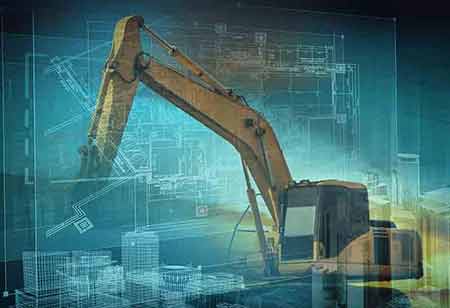Thank you for Subscribing to Construction Business Review Weekly Brief
Specials
- Apartment and Condominium Contractors Canada
- Decking Canada
- Architectural Glass Europe
- MEP APAC
- Construction Saudi Arabia
- German Apartment and Condominium Contractors
- Construction Law APAC
- Outdoor Construction
- Foundation Construction Canada
- MEP Canada
- Kitchen and Bath
- Cold Storage Construction APAC
- Precast Concrete Europe
- Construction Staffing Europe
- Pre-Construction Services
- Flooring System APAC
- Scaffolding Canada
- Swimming Pool Construction Canada
- Construction Management Canada
- Cold Storage Construction Canada
- Flooring Systems Europe
- Residential Construction
- Concrete Canada
- Construction Cladding Europe
- Construction Cladding APAC
- Concretes, Aggregates and Construction Materials APAC
- Concretes, Aggregates and Construction Materials Europe
- Commercial Contractors Europe
- Commercial Contractors APAC
- Dummy
- Construction Insulation, Coating and Waterproofing
- Construction Management APAC
- Landscaping Canada
- Construction Coating Europe
- Construction Tech Startups Europe
- Insulation Services Europe
- Mechanical Contractor Canada
- Mould Remediation and Testing Europe
- Swimming Pool Construction APAC
- Building Sealing Solutions Europe
- Construction Engineering Services
- Mechanical Electrical and Plumbing
- Roofing Systems Europe
- Architectural Glass APAC
- Startups APAC
- Construction Forensic and Owners Representative
- Flooring System
- Waterproofing APAC
- Wall Systems
- Safety and Compliance Europe
- Construction Bidding and Auctions
- Modular and Prefab Construction
- Architectural Glass
- Construction MENA
- Construction Demolition and Recycling Europe
- Modular Construction Europe
- Construction Interiors
- Steel Building APAC
- HVAC
- Doors and windows
- Construction Latam
- Building Information Modeling APAC
- Sustainable Construction APAC
- Building Restoration and Maintenance
- Commercial Contractors
- Specialty Construction
- Construction Engineering Canada
- Construction Engineering MENA
- Modular Construction Canada
- Modular Construction APAC
- Roofing and Siding Systems
- Workforce Management and Staffing
- Roofing Systems APAC
- Construction Consulting
- Steel Building Europe
- Construction Demolition and Recycling APAC
- Safety and Compliance APAC
- Concretes, Aggregates and Construction Materials
- Construction Cladding
Advantages of Demountable Partitions in Construction & Interior Design

By
Construction Business Review | Saturday, January 29, 2022
Stay ahead of the industry with exclusive feature stories on the top companies, expert insights and the latest news delivered straight to your inbox. Subscribe today.
Here, we will study what these Demountable partitions are and the benefits this option brings to businesses.
FREMONT, CA: Architects and Interior Designers face several challenges in satisfying the needs of their clients when it comes to the layout of interior spaces like business offices. When buildings are constructed, the fundamental structural elements, once completed, hardly change and are designed to serve the needs of the building occupants for many decades of use.
Some systems like HVAC, roofing, and elevators will be maintained and perhaps upgraded over time. Still, much of the fundamental construction will remain unchanged from the early form when it was built.
But interior elements are a diverse matter. Businesses are not static – they raise, shrink, and their requirements change with the evolution of the business. As a result, commercial properties that lease space to businesses, as well as companies that own office space, factories, and plants, have to address the challenge of effectively managing the changing requirements of the business when it comes to the design of their interior space.
Also, in industrial settings, interior spaces may be exposed to various conditions that would make using traditional construction materials like gypsum wallboard unsuitable.
One solution that stands to address these challenges is demountable partitions. Here, we will study what these partitions are and the benefits this option brings to businesses.
What Are Demountable Partitions?
Demountable partitions, also famous as demountable walls, are generally defined to be a set of panels and associated components that allow for the rapid installation of a non-load-bearing wall in the interior space of a building, such as an office, factory, medical facility, or other inhabitable structure.
In conventional construction, the interior space of a building would be built up from the plans of an architect or interior designer using commercial materials and standards. In numerous cases, this would consist of steel studs being assembled to form walls where required, with framing for entry doors to enclosed rooms laid out per the plans.
Electrical work would include power outlets, network & other telecommunications cabling to suit the desired occupants. Any further capability needed for space would be installed before finishing the walls by





